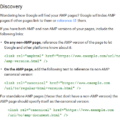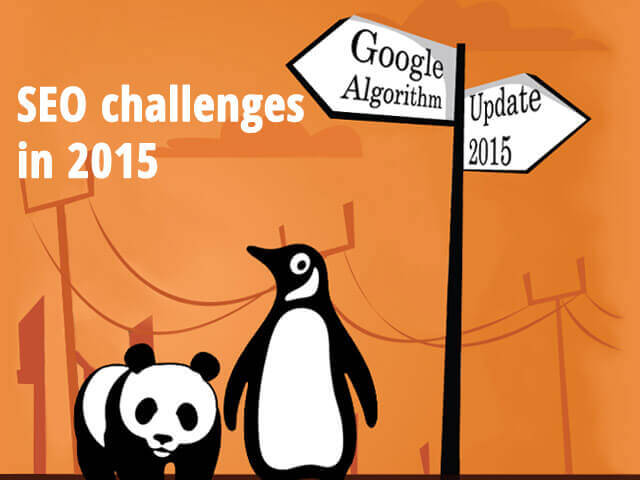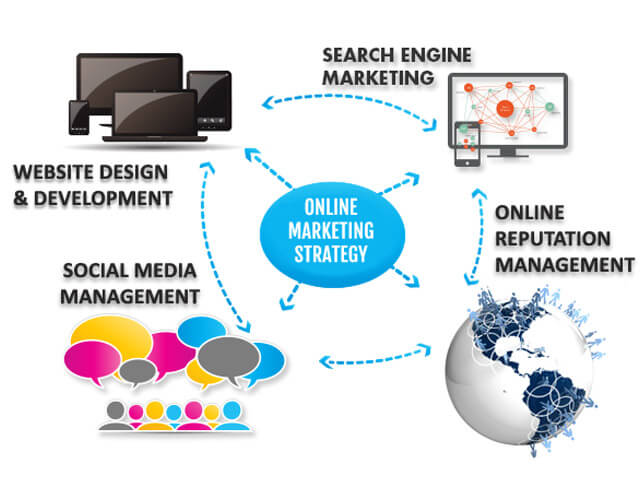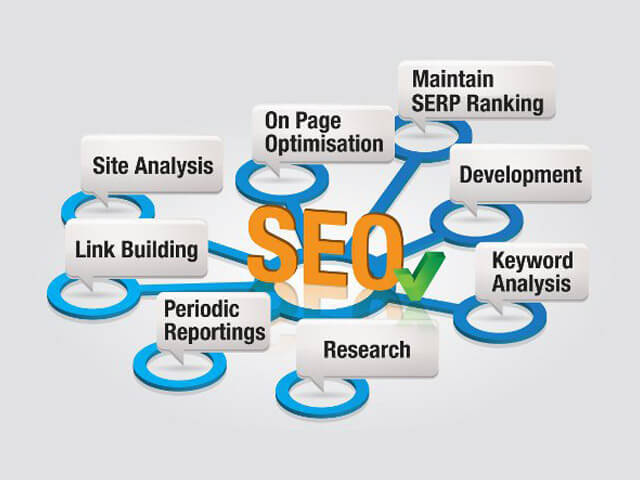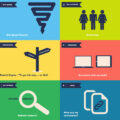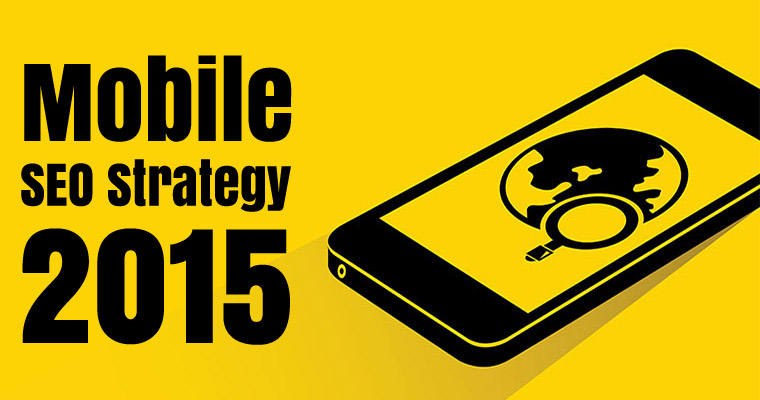
Mobile Marketing and SEO Guide
This is the first time in history that digital marketers can reach their consumers 24/7 regardless of location, time of day or their occupation. Everyone carries a Smartphone or a tablet. Mobile devices are no more meant to call; they are used for net surfing, emailing, business communication, social networking, research, shopping, reviews and feedback sharing, photography, and what not! With such a potent device accompanying the potential consumer, it only makes sense for marketers to be on their toes to serve their customers round the clock. In such a robust marketplace, a comprehensive mobile marketing strategy is imperative for any business to succeed. If you are yet to create an inclusive mobile SEO strategy for your business, pull up your socks as mobile is going to play a major role in your success in 2015 and onwards. Approximately there are 163.9 million smart phone users in the United States alone. As per the latest analysis by Ericsson, about 35 percent of the iPhone and Android owners extensively use apps in the US. The figure should reiterate the urgency to re-examine your marketing strategy for mobile. Below you will find a few points outlined to create a winning mobile marketing plan:
- Become responsive and mobile first: Considering the amount of internet traffic pouring in from mobile devices off late, any marketing plan that does not take into account the mobile traffic or visits from the mobile users are outdated and need to be revisited. Top search engines like Google recommend responsive webdesign as a determining factor to optimize a website online. Check with your marketing partner and ask questions to find out how they are optimizing your business for the mobile users. If they do not follow what you mean, you better find a new consultant who does. Hire an expert professional internet marketing company to come up with a comprehensive marketing plan that addresses all your incoming traffic channels and reaches out to your target audience regardless of their source. Anything short of that will be a poor marketing investment.
- Focus on Marketing for both Mobile and PCs: Many companies have sub domains for mobile visitors. Whether a separate mobile website is a better option over a single responsive website for desktop and mobile devices is a debatable topic. Essentially, that decision should solely depend upon the business model. Both have its pros and cons, and as a business owner you should weigh both sides and take a call. Some stress on a separate mobile strategy for SEO, which in my mind is duplicity of work and can be avoided by adopting an inclusive well targeted marketing plan of action. As long as you aren’t ignoring this rising user base, you are good to go. The recent comScore report shows that every 4 out of 5 customers use smart phones to shop for items online. A staggering 30% of Black Friday sales last year from mCommerce is testimony to what you could be losing if you aren’t paying attention to mobile SEO.
- Market with Mobile Apps: App marketing is an effective branding strategy for many companies. Apps are simply great for regular usage, GPS, cameras, personalization and situations where connectivity is not a concern. Before venturing into mobile marketing with apps, a thorough understanding of your audience is crucial so you can add value and not be yet another addition to the crowd. Apps are a great tool to offer interactive engagement to your audience who are hooked on to checking out the latest mobile applications in the app store. Not to forget, monetization techniques for mobile apps that can earn money besides great reviews. Most companies initially offer free versions of apps to invite visitors and allow them to interact with it freely, only to launch a premium access with added features for a fee.
- Option for Mobile Payment: After payment over the phone (more than half of young adults prefer the convenience of phone payment), mobile payment is the new rage in mobile marketing ideas. With Apple introducing mobile payment last year; businesses need to add mobile payment option as a feature on their online stores. Gradually more users will turn to this payment option, but for now, for your Brand’s sake you must recognize mobile payment with the right kind of supporting technology to keep up with the latest trends in what mobile marketing has to offer.
- A comprehensive mobile campaign: This might sound like a very broad term. It refers to identifying the platform and device your audience is using to interact with your business, categorize their age, gender, browsing habits and tracking similar data. That is all the information you need to specifically target your consumers with what they need or are looking for. Local businesses should aim geo-targeted ads and mobile marketing strategies to complement local search marketing. For large businesses independent of geographical boundaries, they should look for International Targeting. Geo-targeting provides clear indication of increased marketing performance in comparison to tools like geo-fencing, designated market area (DMA) and geo-awareness. All these insights help webmasters gain a better understanding of consumer information and meet those demands. Marketers get better ROI by recognizing the prospects and utilizing appropriate tools and techniques in branding strategies.
- Mobile Loyalty Program: Incentives for completing a call to action using the mobile app instead of desktop/website are a great scheme which can work wonders. As long as you provide any form of benefit to the consumer, in terms of savings, rewards, free goodies or just a higher satisfying mobile experience, you can bank on customers returning to the mobile version/ app to engage with you and enhance sales! You can create a strong relationship with your consumers with an effective mobile loyalty program by provide substantial deals, discounts and offers that consumers find irresistible.
- Interact with your target audience using social media: Most consumers with smartphones and tablets check their social media account whenever and wherever possible. You are more likely to be found on social media than being found through organic search. A social media business page can be a great form of proactive promotion that may get you recognition. It is inexpensive, engaging and you are sure to find your audience there. So make the best of your Facebook page as an effective medium to interact, engage and even offer customer service in real-time. Use Social Media efficiently for Digital Marketing.
- Creating mobile friendly email blasts for smartphones: Reach out to your target audience with responsive email blast as an effective B2B mobile marketing strategy. Most businesses are yet to adapt this style, and still concentrate on email marketing focusing on desktop resolutions. Remember to use a precise title, responsive email template or design, verify the links are clickable and take you to relevant responsive pages, and time it right. With most users on mobile devices even when at home or in office, they are more likely to open your email on a smaller device. So check whether your email marketing strategy is mobile ready in every respect.
To reach out to consumers, smart and strategic mobile business ideas are keys to success. A mere mobile presence won’t suffice in 2015. Mobile marketing strategy for small businesses is crucial as Nielson study reported average Americans spend almost seven to eight hours on mobile devices, using browsers and apps. It’s the first screen for maximum consumers. So mobile is not redefining consumer experience but the entire legacy operation. Businesses which aim high, start small and scale fast are going to be the winners over here.
The data shared below throw light on some interesting facts about the use of mobile devices, user engagement in mobile apps versus responsive websites, and local search marketing factors.
- As per Burke’s local media tracking study, 67% of the smartphone users prefer mobile website over mobile application and 71% of the tablet users prefer mobile website over mobile application. This could be owing to the fact that apps need to be downloaded; consumers need to allow device data access which may raise privacy concerns, or limited memory on mobile devices which limit the download of external mobile applications. So businesses creating mobile websites or responsive websites with satisfying user-experience get return visits.
- According to the local search report of Thrive Analytics’, 47% of the generation Y consumers and 42% of the gen X users are likely to search for local products and services on mobile phones. Therefore, design targeted and customized marketing campaigns to appeal to different categories of consumers in local mobile marketing strategy.
- The latest report of MediaPost shows that mobile ad with a mention of location or city name can have an increased CTR by 200%. A recent poll organized by Google in association with Ipsos Media CT points out that more than half of the smartphone users engage in local mobile search before landing up to a nearby store within a day or two. This makes information like local area code, address, maps and other significant location specific information key to maximize the effectiveness of digital mobile marketing.
The information above can help you figure out what factors to consider while mapping your internet marketing strategy with your mobile SEO strategy. We can conclude by saying that a customized mobile strategy in keeping with your Brand image and business goals, and one that meets your clients’ needs will be the most effective mobile marketing plan in connecting with your target audience.
When the shift from search engine marketing to mobile search marketing is inevitable, you will gain by getting prepared for it without delay.






